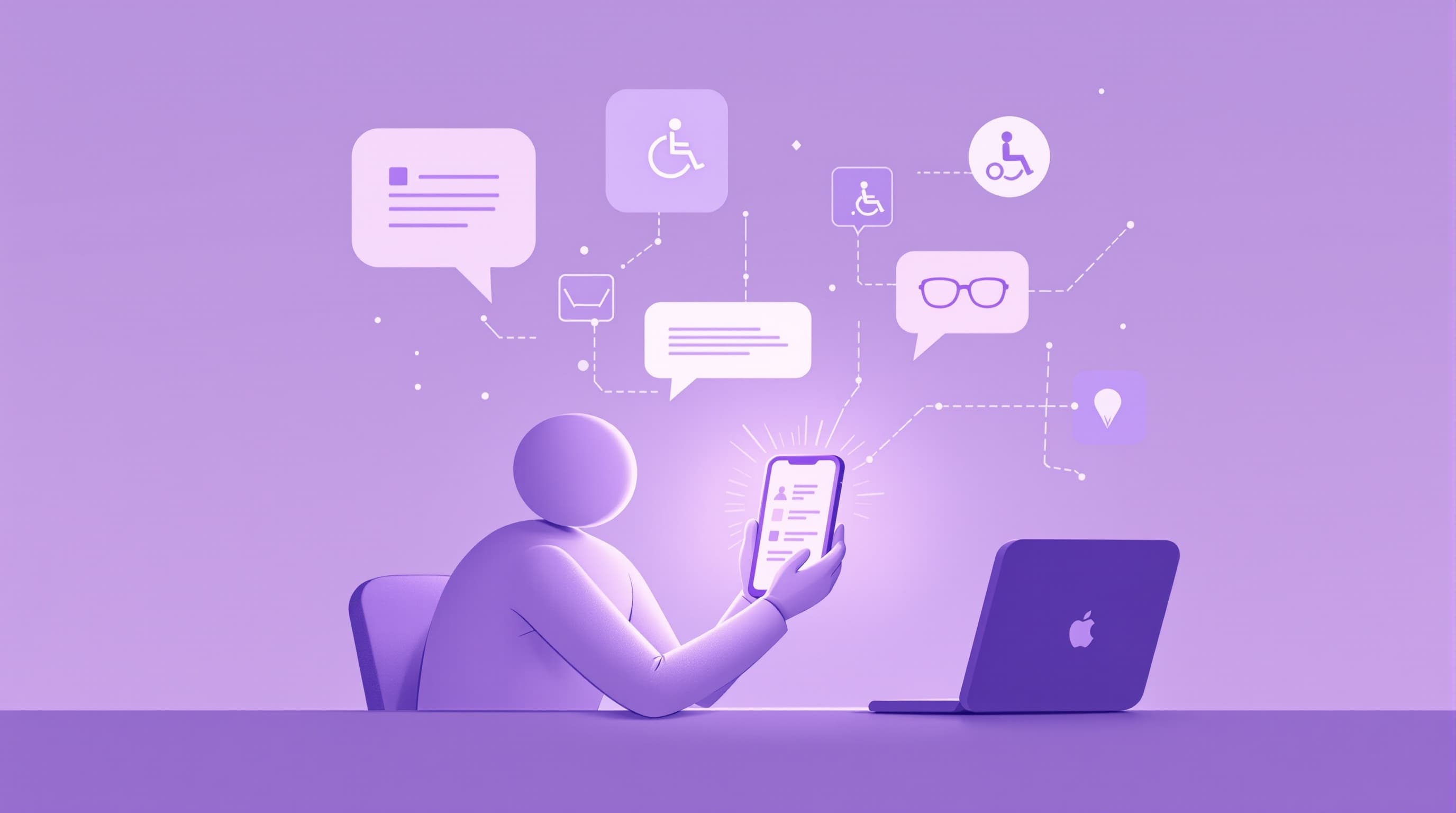NDIS Insight
ndis
Large Language Models (LLMs) Explained for NDIS Participants
Updated 8/26/2025
Explore how Large Language Models (LLMs) enhance NDIS assistive technology, improving accessibility and support for participants.
11 min read

ndis
disability-support
Large Language Models
NDIS assistive technology